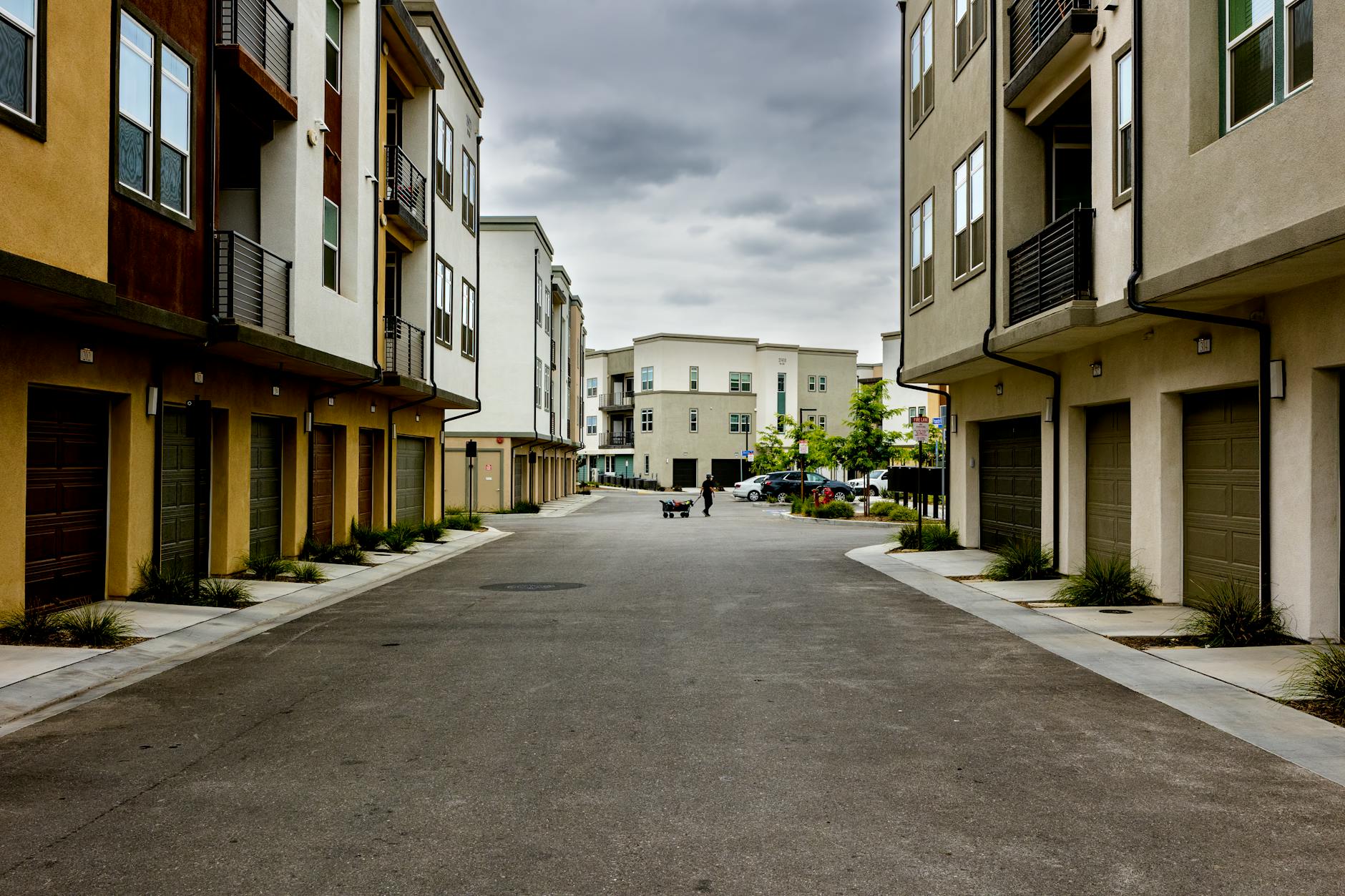Emerging Trends in Affordable Housing Development in Your Region
Emerging trends in affordable housing development in your region are shaping the future of community living and urban planning. As population growth and urbanization intensify, the demand for affordable housing options becomes more urgent. Developers, local governments, and non-profits are increasingly exploring innovative approaches that balance cost, sustainability, and social impact. This article will explore key trends such as modular construction, green building practices, public-private partnerships, and technology integration that are redefining affordable housing projects. By examining these trends, stakeholders can better understand how to create sustainable, accessible housing solutions that meet the needs of diverse populations while addressing economic and environmental challenges.
Modular and prefabricated construction
One of the most significant advancements driving affordable housing development is the adoption of modular and prefabricated construction techniques. By manufacturing housing components off-site in controlled factory environments, developers can reduce construction time, labor costs, and material waste. These efficiencies make housing more affordable and allow developers to quickly respond to housing shortages.
Prefabricated buildings also enable higher quality control, which contributes to durability and energy efficiency. In your region, several projects have demonstrated how modular homes can maintain aesthetics and functionality comparable to traditional builds, but with better cost management and shorter timelines.
Green building and sustainability initiatives
Sustainability is another central theme in emerging housing developments. Affordable housing is no longer just about economics but also environmental responsibility. Developers are incorporating energy-efficient designs, such as improved insulation, solar panels, and rainwater harvesting systems in affordable units.
These green features lower utility costs for residents, improving long-term affordability. Moreover, many regional housing projects are pursuing certification programs like LEED (Leadership in Energy and Environmental Design) or local green building standards, which attract funding and grants that further reduce development costs.
Public-private partnerships and innovative financing
Funding challenges have traditionally hindered affordable housing expansion. However, growing collaboration between government bodies, private investors, and community organizations is creating new financial models to support these developments. Public-private partnerships (PPPs) enable pooling resources, sharing risks, and leveraging government incentives to stimulate construction and rehabilitation of affordable units.
For example, tax credit programs and subsidized land leasing have been instrumental in increasing project feasibility. In your region, innovative financing includes social impact bonds and community land trusts, which empower residents with a stake in their neighborhood’s growth.
Technology integration and smart design
Emerging technologies are transforming how affordable housing is designed, built, and managed. Smart home systems that reduce energy consumption and increase safety are becoming more common, even in budget-conscious projects. Digital tools like Building Information Modeling (BIM) improve planning accuracy and collaboration, minimizing costly errors and delays.
Additionally, mobile apps and online platforms are helping residents access housing resources, maintenance requests, and community engagement tools. These innovations contribute to a higher quality of life and efficient property management.
| Trend | Main benefits | Regional examples |
|---|---|---|
| Modular construction | Faster build times, cost savings, reduced waste | Greenwood Heights Modular Homes |
| Green building | Lower utility costs, environmental impact reduction | EcoVillage Affordable Housing Project |
| Public-private partnerships | Improved funding access, risk sharing | Metro Housing Collaborative |
| Technology integration | Energy efficiency, better management, resident engagement | Smart Living Apartments Initiative |
In conclusion, affordable housing development in your region is evolving through the integration of innovative construction methods, sustainability efforts, collaborative financing, and technology adoption. Modular construction speeds up delivery while cutting costs, and green building techniques help reduce long-term living expenses for residents. Public-private partnerships unlock new financial resources making projects more viable, while technology enhances both the building process and resident experiences. Together, these trends offer a comprehensive strategy to address housing affordability challenges while fostering environmentally responsible and socially inclusive communities. Stakeholders who embrace these emerging approaches are best positioned to meet the growing demand for affordable housing and create neighborhoods that thrive economically and environmentally.
Image by: David Brown
https://www.pexels.com/@ninobur
editor's pick
latest video
news via inbox
Nulla turp dis cursus. Integer liberos euismod pretium faucibua


